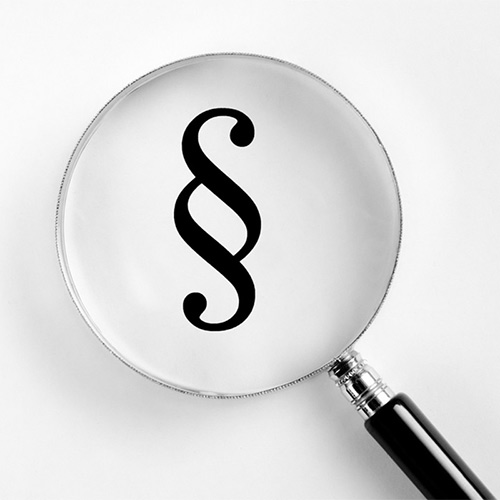What you should know
In the world of fire protection, sprinkler systems are one of the most important tools that can effectively protect life and property. However, in order for these systems to function properly, they must be designed, installed, and maintained in accordance with specific codes and standards. Understanding these regulations is essential for proper installation and maintenance
Main Rules and Regulations
- Local Building Codes for Sprinkler Systems The codes for sprinkler systems can vary by location. Local building codes often specify where and how sprinkler systems must be installed, as well as what requirements they must meet.
- National Codes and Regulations Many countries, such as Poland, have specific standards for sprinkler systems. For example, in the United States, the National Fire Protection Association (NFPA) specifies standards for the design, installation, and maintenance of sprinkler systems. In Europe, EN standards specify the rules for sprinkler systems.
- International standards and regulations International organizations, such as the International Organization for Standardization (ISO), also publish standards for sprinkler systems that are widely used throughout the world.
Key Aspects of Regulations and Standards
- Requirements for the Design and Installation of Sprinkler Systems Codes and standards specify how sprinkler systems should be designed and installed. For example, they may specify requirements for sprinkler spacing, water pressure, and the type of sprinklers to be used.
- Requirements for maintenance and inspection of sprinkler systems The regulations also specify how often these systems should be inspected and maintained to ensure they are operating properly. They may also specify the procedures to be followed during such inspections and maintenance.
- Requirements for Personnel Training and Safety Procedures Codes and standards often require that personnel responsible for sprinkler systems be properly trained. They may also specify what safety procedures must be followed when working with these systems.
- Documentation and Compliance Requirements Many codes and standards require accurate documentation of sprinkler system installation and maintenance. This documentation is often needed to prove compliance with regulations and may also be needed for inspections or insurance claims.
How regulations and standards affect practice
Compliance with regulations and standards for sprinkler systems has a direct impact on the day-to-day management practices of these systems. For example, it may affect how often these systems are inspected and maintained, what procedures are used during these activities, and what training is required for staff.
Additionally, compliance with these regulations has a direct impact on insurance, liability, and safety. For example, improper installation or maintenance of a sprinkler system can lead to invalid insurance, increased liability in the event of a fire, and even loss of life and property.
Changes to regulations and standards
Like everything else, the regulations and standards for sprinkler systems evolve. For example, in recent years, new regulations have emerged regarding the use of sprinkler systems in residential buildings. These changes are intended to improve fire safety and reduce losses caused by fire.

Summary
Understanding the regulations and standards that apply to sprinkler systems is essential to the proper installation and maintenance of these systems. These regulations cover everything from system design and installation, through maintenance and inspection, to personnel training and safety procedures. Compliance with these regulations is not only a legal requirement, but also a key element of effective fire protection.
Recommendations and Conclusions
Remember that the rules regarding sprinkler systems may vary by location, so it is always a good idea to consult with your local fire department or fire protection specialist. Also, it is always a good idea to stay up to date with the latest changes in codes and standards, as these changes may affect how sprinkler systems are managed.
Finally, remember that regulations and standards are only one element of effective fire protection. It is also important to maintain good safety practices, such as regular training of personnel and maintaining good condition of sprinkler systems. In this way, we can ensure that our sprinkler systems will effectively protect our lives and property in the event of a fire.
